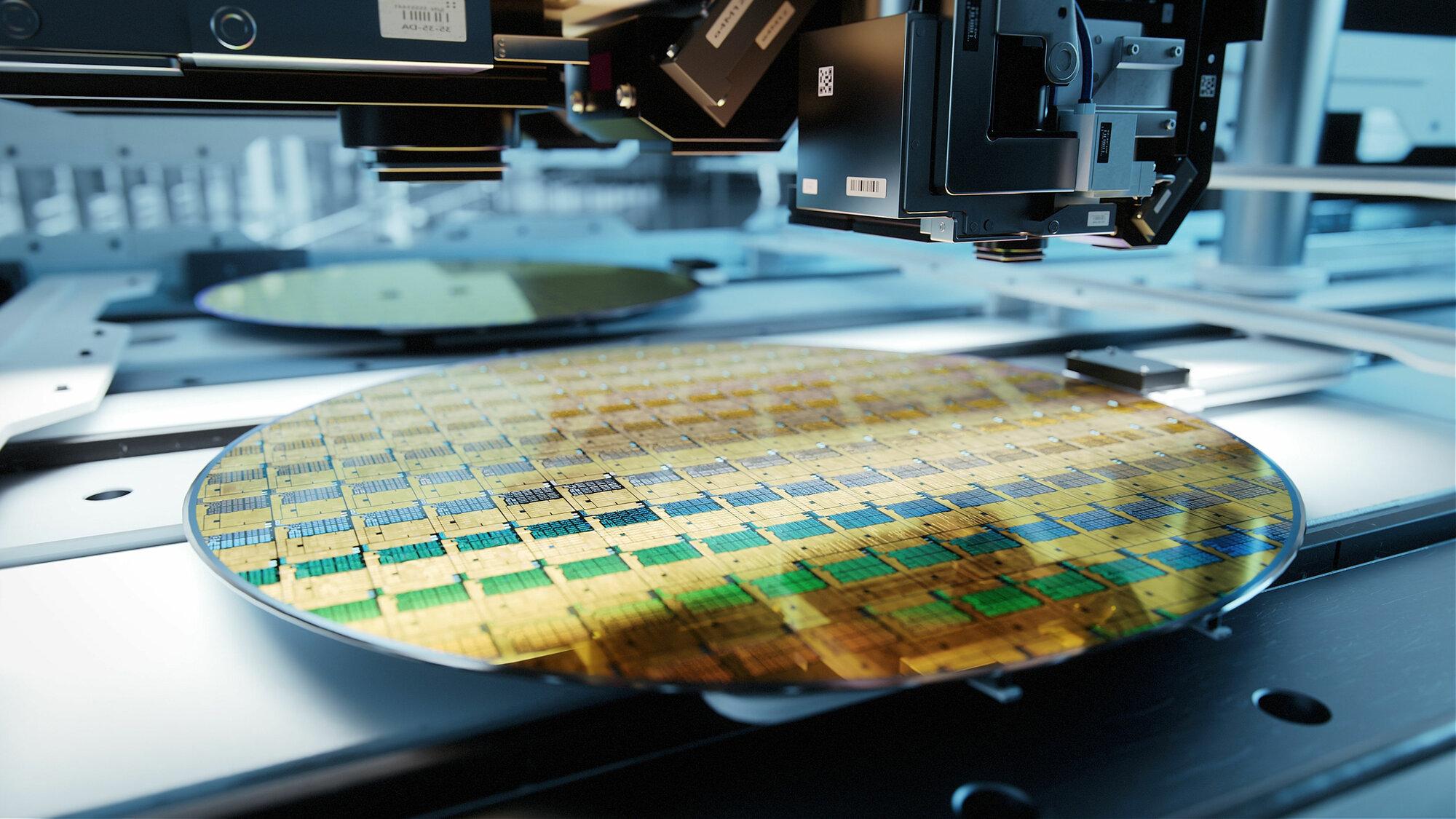XENON (Xe): ILLUSTRIOUS EXAMPLE
Xenon is needed for manufacturing processes in the electronics industry and as a propellant for ion thrusters. The noble gas also serves as an inhalation anesthetic.
Noble gases are rare, and that’s especially true of xenon. In fact, it is the rarest stable element on Earth.
In 1895, William Ramsey first isolated helium and recognized that according to the laws of the chemical periodical system, other noble gases also must exist. He did not find xenon, however, until he examined the newly discovered krypton more closely together with Morris William Travers. Through fractionated distillation, they were able to isolate another gas there. Because the discovery had “defied” them so to speak, the two researchers named the substance after the ancient Greek word for foreign or strange: xenos.
Today xenon is extracted from the air in air separation units. Due to the low concentration of xenon in the atmosphere, that process is profitable only in large plants. A special air separation unit that produces 24,000 kilograms of oxygen per hour, for example, would theoretically produce just one kilogram of xenon per day. Today xenon is extracted from liquid oxygen in the air separation process. In an elaborate process in a special air separation unit, it takes 24,000 kilograms of the liquid oxygen to recover about 9.4 kilograms of xenon per day.
Because the production costs are so high, xenon is rarely used even in medicine, although it is one of the best tolerated and eco-friendliest of anesthetics. Xenon plays an “extraterrestrial role” in space research, where it serves as a propellant in ion thrusters to hold satellites in the desired position.
Occurrence:
Mainly in the atmosphere, with a share of about 0.09 ppm. The oceans, some rocks, and natural gas sources also contain trace quantities of xenon.
Chemical properties:
Colorless, inert like all noble gases, but together with radon the most reactive element of that group. It even reacts directly with fluorine, but most xenon compounds are unstable or occur only under unusual conditions.



